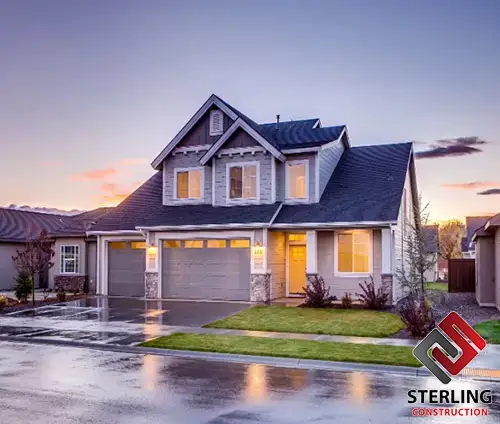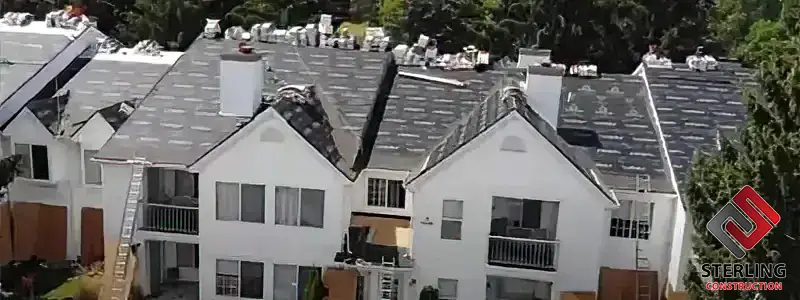Most homeowners don’t think about their roofs until there’s a visible problem. But your roof is your home’s first line of defense against Michigan’s harsh elements—snow, ice, wind, and rain. Regular inspections and timely repairs can significantly extend its life and prevent costly, avoidable damage.
So, how long should your roof last? And what are the warning signs that it might be time to consider a replacement?
Let’s break it down.
How Long Does a Roof Last? Lifespan, Warning Signs, and When to Replace It
What’s the Average Lifespan of a Roof?
A roof’s lifespan depends on several factors: the material, the installation quality, and your local climate. In general, here’s how long common residential roofs typically last:
- Asphalt Shingles: 15–30 years
- Metal Roofing: 30–50 years
- Wood Shakes or Cedar Shingles: 20–40 years
- Composite Shingles: 40–60 years
- Slate Tiles: 50–100 years
Michigan’s climate—with its temperature swings, snow load, and freeze-thaw cycles—can accelerate roof wear, especially on older or lower-quality systems.
What Factors Influence Roof Longevity?
Several key elements can impact how long your roof lasts:
Material Quality
Premium materials provide better durability, weather resistance, and return on investment.
Installation Quality
Even top-tier materials won’t perform well if installed poorly. Hiring a licensed, experienced roofing contractor is critical to ensure longevity.
Regional Climate
Homes in Michigan experience more extreme seasonal changes, which can wear out roofing systems faster than those in milder climates.

Signs It’s Time to Replace Your Roof
If you’re unsure of your roof’s age—or haven’t had it inspected recently—look for these common warning signs:
Sagging Areas or Uneven Roofline
A dipping or curved roofline often signals structural damage and should be assessed immediately.
Loose, Curling, or Missing Shingles
Exposed or deteriorating shingles allow moisture infiltration, leading to rot, leaks, and interior damage.
Water Damage Inside Your Home
Look for discolored ceilings, peeling paint, or mold near the attic. These are signs your roof is no longer keeping water out.
Granule Buildup in Gutters
Shingle granules in your gutters indicate aging asphalt shingles nearing the end of their lifespan.
Moss or Algae Growth
Organic growth retains moisture and weakens shingles, especially in shaded or damp areas.
Other Symptoms of Roof Trouble
- Higher energy bills could mean warm or cool air is escaping through the roof.
- Moss, algae, or mold growth can trap moisture and degrade shingles over time.
- Shingle granules in gutters often indicate aging asphalt shingles.
Why Understanding Roof Lifespan Matters
Being proactive helps you avoid costly surprises. Knowing when your roof might need replacement gives you time to plan, budget, and hire the right contractor on your terms—not in an emergency.
Schedule Your Roof Inspection with Sterling Construction
At Sterling Construction, we specialize in helping Michigan homeowners extend the life of their roofs through comprehensive inspections, expert repairs, and honest roof replacement services. Whether you’re unsure of your roof’s age or already seeing signs of wear, we’re here to help.
Contact us today to schedule your professional roof inspection and ensure your home stays protected year-round.




